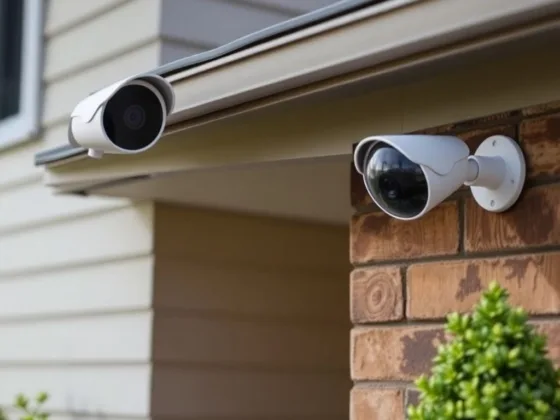Table of Contents Show
Are you thinking about selling your home? While we may still be in a pandemic, you’re not alone if you are.
According to the National Association of Realtors, Americans sold a record number of 6.76 million homes in 2020, the highest number since 2006. However, while selling your home and starting the next chapter of your life is exciting, many people forget about listing fees and other costs.

While these fees are often only a fraction of your listing price, they can still catch the unprepared seller off-guard. To prevent that from happening, today we’re going to look at all the additional costs to sell a house that people so often forget.
Read on to learn more.
Staging Costs
Housing experts agree: staging your home is one of the best ways to get it out of your hands as soon as possible. However, if you’re thinking about working with a professional stager, that’s an additional cost you’ll need to consider.
The average cost to hire a stager is between $2,300 and $3,200. That might sound expensive, but for most people, that ends up being less than 1% of the price they get for their home.
If you’re looking to save that money, you can always look into staging your home yourself. Just remember that what you save in money, you’ll end up spending in time.
Landscaping Costs
Like the interior of your home, ensuring that the outside of your home is in tip-top shape is essential. It’s the first thing potential buyers see when they arrive at your house, so you want it to look its best.
Landscape fees also cost around 1% of your home’s selling price. Simple things like reseeding the lawn and planting fresh flowers can cost a few hundred dollars while planting trees and growing elaborate flower beds can cost thousands.
Consider factors like the size of your lawn and how important your home’s curb appeal is to decide how much money you should invest.
Read Also:
Maintenance and Home Repair
One of the factors that convinces a potential buyer not to sign on your home is maintenance issues. When necessary, repairs appear to be widespread, they can scare away even the most enthused buyer.
The easiest way to prevent that from happening is by investing some money and fixing the major issues yourself. If you don’t, it’s essential to be transparent when your list your home. You don’t want there to be any surprises that pop up later on.
The amount that you’ll spend on maintenance and home repair vary. Factors like the size and age of your home can have some people spending thousands, while others end up spending just a few hundred dollars.
Home Improvement
In addition to repairing existing structures in and around your home, you can also consider embarking on a few homes improvement projects. Just make sure to calculate whether a particular renovation will add actual value to your home.
Often, it’s worth scaling down renovations and home improvement projects. For example, instead of gutting your kitchen and splurging on new appliances, consider updating your cabinet pulls and applying a fresh coat of paint to the walls.
These types of projects give you the biggest bang for your buck.
Realtor Fees
Working with a realtor is one of the priciest parts of the selling process. Depending on the real estate agent you work with, their fee can be up to 6% of your selling price.
That said, most people would agree that working with a listing professional is worthwhile. They often have the connections, experience, and market knowledge you need to help get your home out of your hands as fast as possible.
If you don’t feel like paying a listing fee, you can take steps to avoid working with a realtor. For example, you can always look into getting a cash offer for your home.
Seller Concessions
Everyone likes to think that their home will sell for their list price, but unfortunately, that’s not always the case. Most of the time, the sellers will make a few concessions before closing on the deal.
For example, the buyer may request that you help cover the cost of processing fees, inspection fees, or other expenses that arise. They can also use concessions as a sort of bargaining tool, giving their offers more power.
The good news is that most of the time, seller concessions aren’t expensive. They hover between 1-2% of your home’s listed price.
Home Closing Costs
Finally, there are closing costs. These fall within 1-3% of your home’s list price and encompass several different fees. The most expensive parts of closing costs are often:
- The closing fee (paid to the closing agent)
- Your attorney’s fee
- Property taxes
- A transfer taxes
- Recording fees
It’s important to point out that both the buyer and the seller pay home closing costs. The good news is that, as the seller, you should end up paying less than the buyer.
Most sellers have fewer fees that they need to worry about paying. Keep in mind that if you have another mortgage, you’ll also need to pay that off!
Listing Fees Made Easy
While listing fees and other costs are additional factors you need to consider when selling a home, most of the time, they’re never too much. Being aware of them beforehand, however, is essential. Use this guide to help ensure that no costs catch you off-guard at any point in the selling process.
Are you looking for more tips that can make selling a home easier? If so, make sure to check out the rest of our site for all things real estate.










